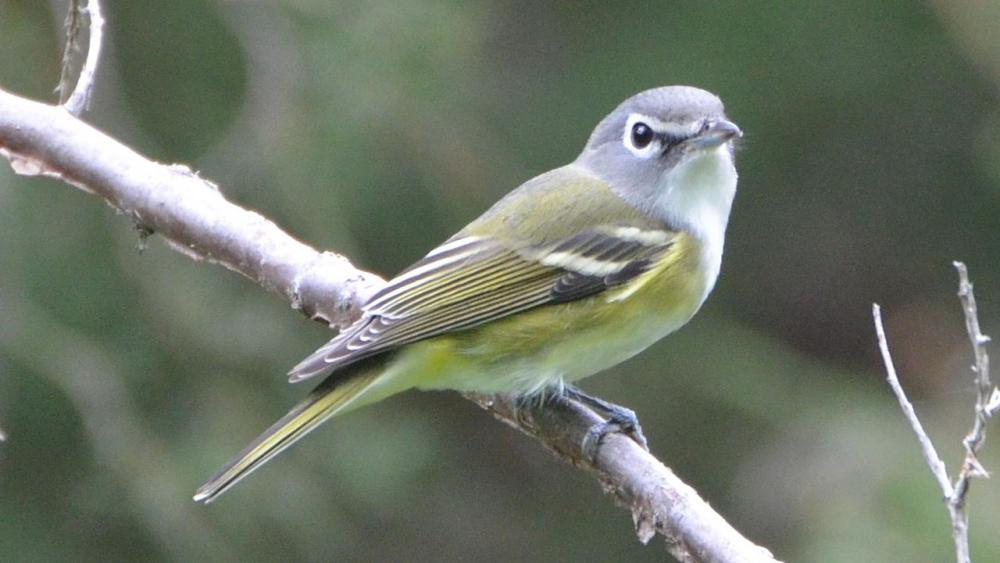Guide to Boreal Birds
Overview
This species, the Plumbeous Vireo, and Cassin's Vireo were formerly considered a single species known as the Solitary Vireo. The Blue-headed Vireo is handsome and distinctively patterned. It is known to most people as a fairly common migrant, usually arriving somewhat earlier in the spring than other vireos. It and the White-eyed Vireo are the only two eastern vireos that do not completely leave the United States in winter. Like other vireos it moves slowly and deliberately through the trees, peering with head cocked to one side in search of insects.
It is the only vireo within its range that makes extensive use of coniferous forests, although it also occupies deciduous habitats. Blue-headed Vireos prefer evergreen forests with spruce, fir, hemlock, and pine, or conifers with associated deciduous growth that may be alder and willow shrubs as understory, or that include poplar, birch, and/or maple trees in varying numbers. Reaching its breeding grounds in Canada mid-May it is the latest vireo to depart in autumn. Because Blue-headed Vireos prefer areas of extensive forest, their distribution may be limited by clearcutting, partial cutting and forest fragmentation as well as acid rain that can kill conifers.
Description
5-6" (13-15 cm). Blue-gray crown, nape, and face; olive-green back; white throat and underparts; 2 broad white wing-bars and large white "spectacles;" yellow flanks and sides. Females and immatures grayer on head.
Voice
Song a rather slow series of sweet, slurred phrases like that of Red-eyed Vireo, but slower and more musical. Call a husky chatter.
Nesting
3-5 white eggs, lightly spotted with brown, in a pendant cup of bark strips and down, placed in a forked twig of a small forest tree.
Habitat
Coniferous and mixed forests.
Range/Migration
Breeds from northeastern British Columbia across central interior Canada to Newfoundland and south through Great Lakes region, southern New England, and in Appalachians to North Carolina. Winters from Carolinas to Texas.



